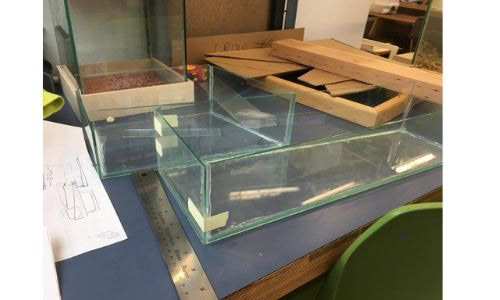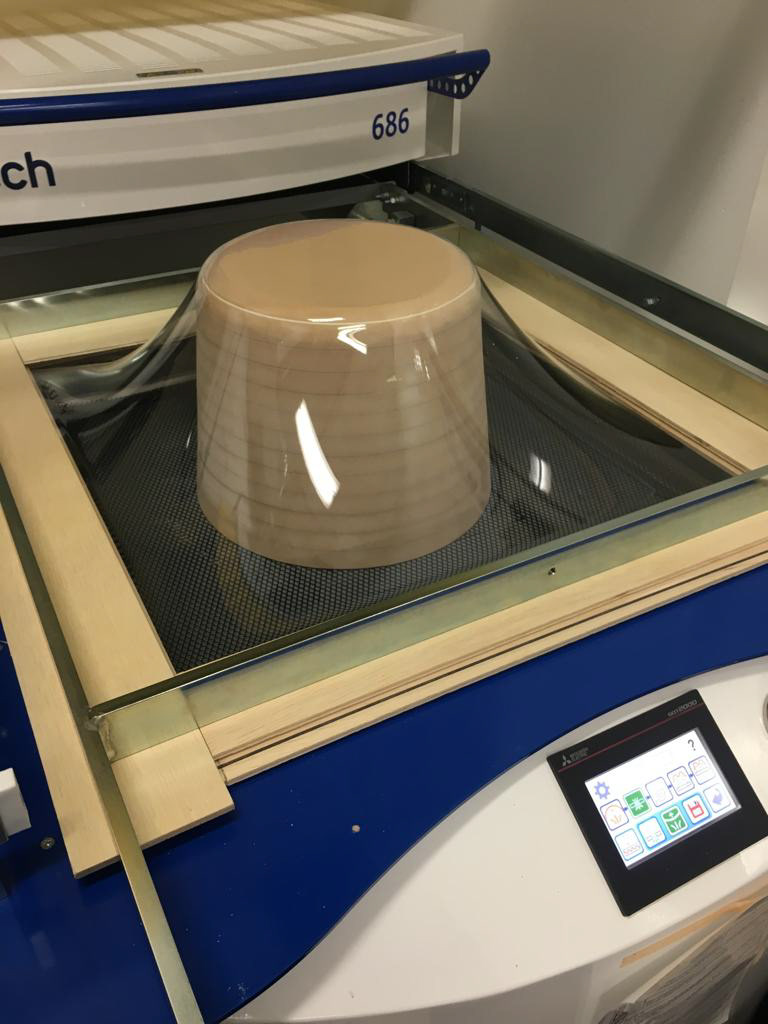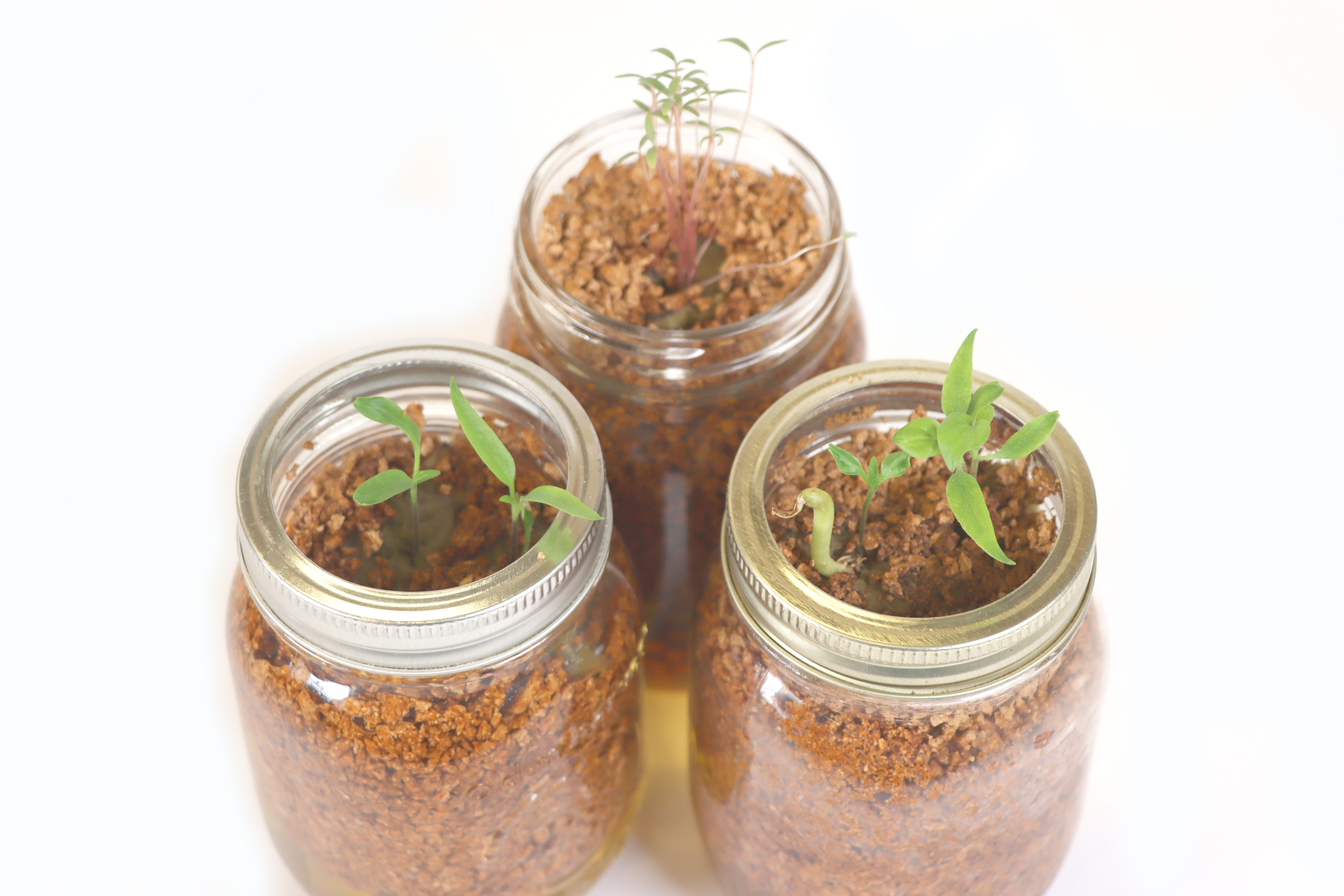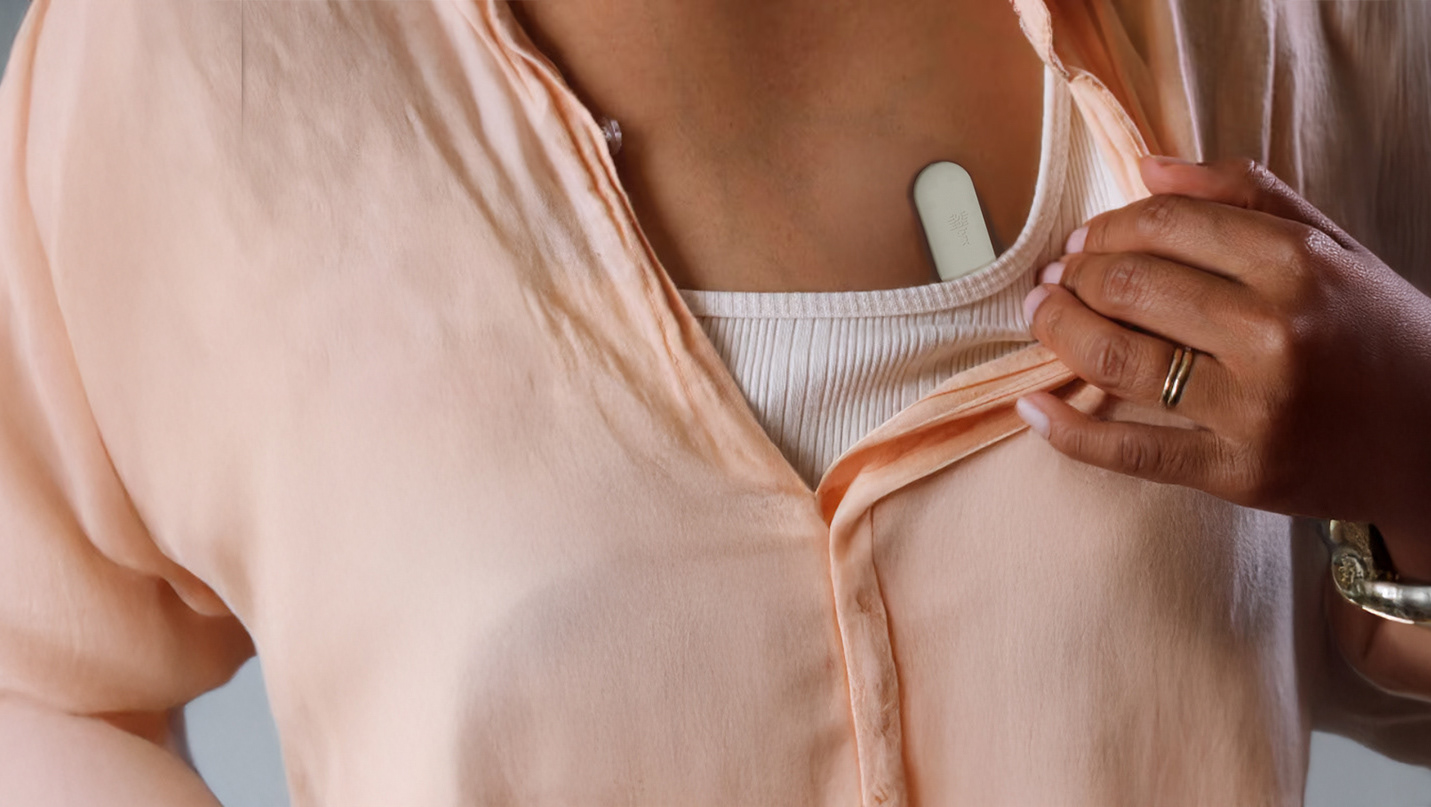Siembra - Reimagining Food Systems
Why?
During my final year at Emily Carr, I worked with my teammate Damian Oriak on "Siembra" a project that explored the challenges of industrial agriculture and its detrimental impact on local food culture, particularly the erasure of edible plant diversity. Our goal was to raise awareness about the importance of preserving plant diversity and promoting sustainable food-growing practices by designing an indoor aquaponic system intended for communal use. We focused on the diversity of bean seeds across Latin America, recognizing that these often-overlooked varieties could serve as a powerful symbol of resilience and cultural heritage in the face of industrial food systems. Through this approach, we aimed to demonstrate how aquaponic systems could support a wide range of edible plants, encouraging local, diverse, and resilient food production.
The reality
Our initial design process began with a second-hand consumer aquaponics system, which quickly revealed several flaws, such as difficult access to the fish tank, mold issues, and maintenance challenges. To address these issues, we drew inspiration from layered fountain systems and experimented with different materials like glass, plastic, and 3D-printed components. The goal was to create a more functional and aesthetically pleasing design that would facilitate interaction and understanding of aquaponics. However, as we refined the design, it became clear that our prototype was evolving into more of an exhibition piece aimed at sparking dialogue and awareness about plant diversity and sustainable food systems rather than serving as a fully practical solution.




The first protype of Siembra
Our initial prototype functioned as a fountain, designed to visually demonstrate the principles of aquaponics by circulating water from the fish tank into smaller grow beds before returning it back to the tank, allowing plants and fish to share nutrients. However, we quickly encountered several challenges with the materials and design. The use of glass restricted us to a rigid, box-like shape that was not only heavy and fragile but also prone to shattering. Additionally, the overall design proved too complex and spatially inefficient for an urban setting, with numerous points of potential failure and leakage. While the prototype effectively illustrated the aquaponic process, its impracticality highlighted the need for a more accessible and resilient solution.
The final prototype
After realizing that glass was too impractical and restrictive for our aquaponic system, we shifted to thermoformed plastic, which offered greater flexibility in shaping the water containers, making them lighter and more durable. We retained wood as a primary material to maintain the natural aesthetic while improving functionality. To simplify the design and minimize potential points of failure, we opted for a deep water aquaponics system that would ensure the fish always retained water, even if there were issues with the water flow, reducing the risk of leaks or harm to the fish. We focused specifically on growing bean plants, allowing us to showcase plant diversity through the cultivation of vines, which provided a compelling visual demonstration of the types of plants that could thrive in an aquaponic environment. This streamlined approach built on our initial experience and directed our efforts toward creating a more resilient and purpose-driven design.
My take aways...
Reflecting on the project, I realized that while it was ambitious, it could have been more accessible and practical by utilizing readily available materials like buckets, old tubes, and other recycled elements. By simplifying the design, we could have created a more approachable system that would be easier for community members to replicate and use in their own spaces. Despite its limitations, the project provided valuable insights into sustainable design, practical implementation, and the importance of fostering community engagement. It also reinforced my understanding of how to create spaces and tools that encourage meaningful conversations around critical issues such as seed resilience and biodiversity.
This project was given the "The Wood Co-Op/Forestry Innovation Investment in Wood Design Industrial Design Graduation Award | Award Recipient" by Emily Carr University.



